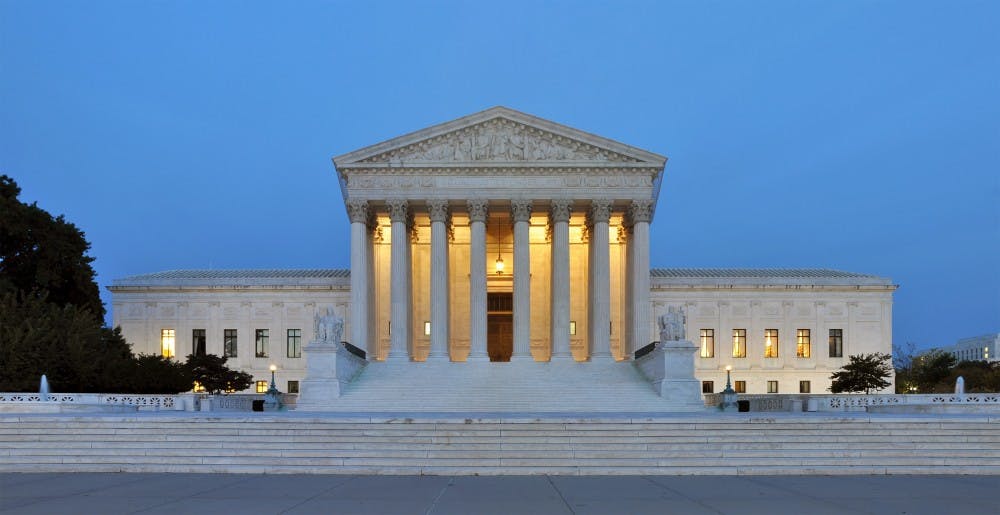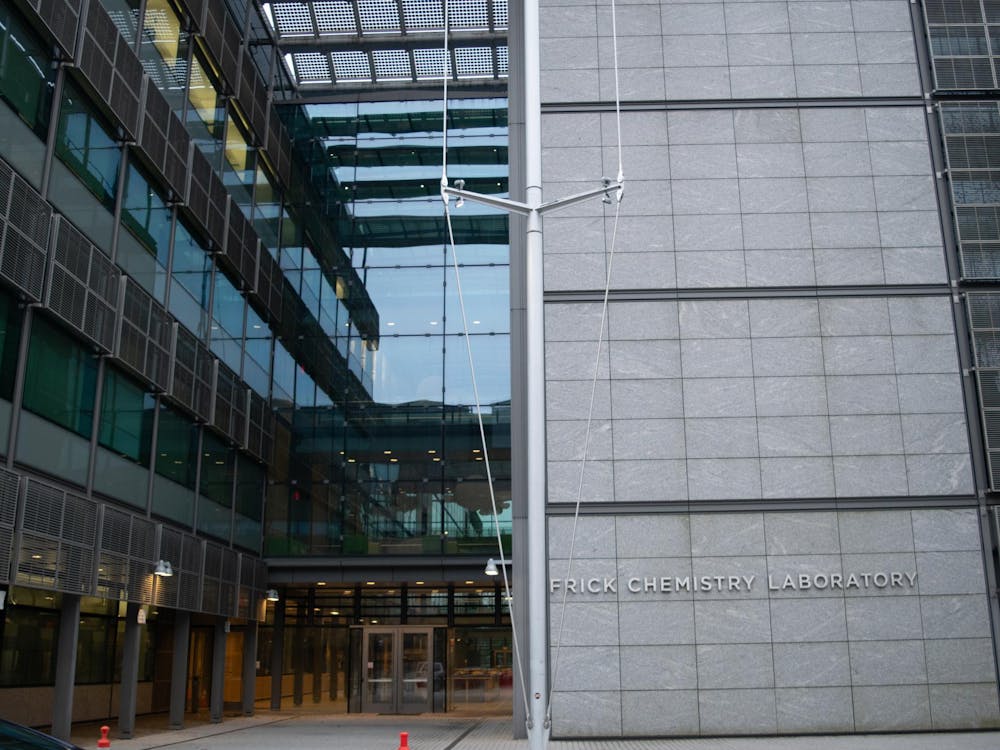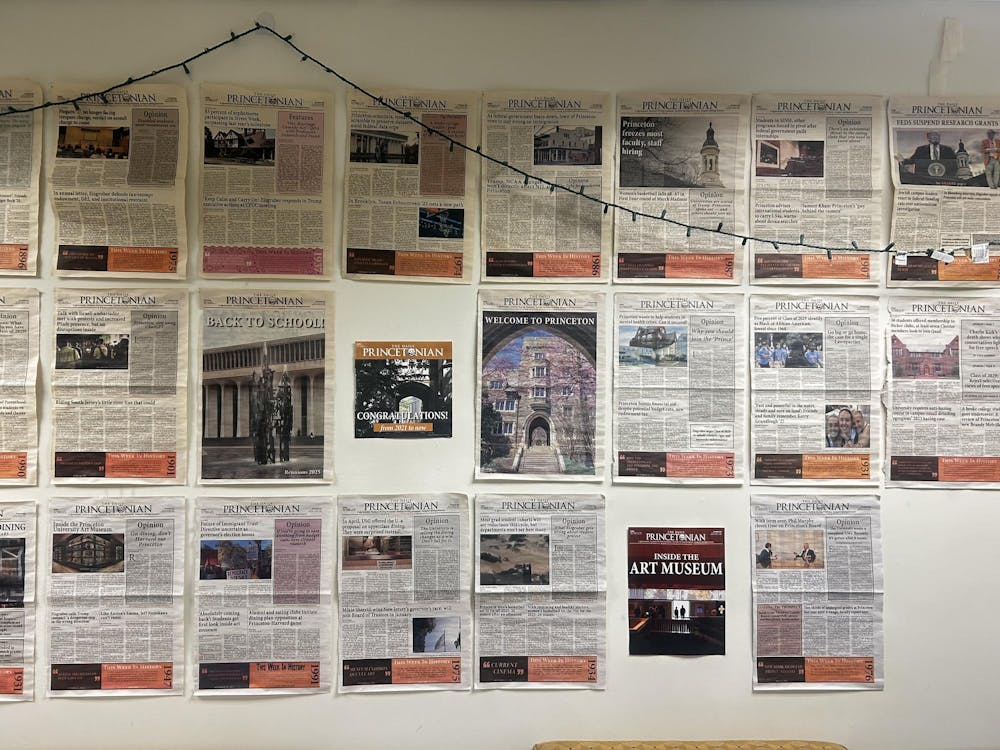The Supreme Court recently announced that it will hear the Harvard and University of North Carolina Chapel Hill cases challenging affirmative action. In light of the court’s new conservative supermajority, that news is alarming. If the 2016 Supreme Court case Fisher v. University of Texas is overturned, there is a high likelihood that Black and Latino populations at universities across the nation will be severely diminished.
Affirmative action in college admissions is under fire, which only hurts marginalized people. It is imperative we work to protect affirmative action and emphasize the intentionality of its unequal nature.
The Supreme Court’s decision to revisit the constitutionality of affirmative action highlights the perennially controversial nature of affirmative action in college admissions, along with its sibling initiatives around Diversity, Equity, and Inclusion (DEI). Arguments surrounding the validity of diversity efforts in college admissions persist despite the abundance of evidence and logic to support their benefits for historically marginalized people. The primary issue that affirmative action opponents and political conservatives find with race-conscious admissions is that these programs result in the unequal treatment of non-minority students. But that’s the point.
Affirmative action and DEI efforts are inherently unequal because historically marginalized groups have been oppressed, restricted, and withheld from opportunities for centuries. As a result, these groups face prejudice, challenge, and hardship at a rate that is unequal to that of their non-minority peers. The effects are evidenced in severe familial wealth and education attainment disparities between Black and Latino families compared to white ones.
Therefore, the idea that race-neutral or race-blind admissions can deliver equal opportunity for all students is illogical. Achieving equity for all Americans necessitates the purposeful consideration of minorities’ unequal status in American society.
Furthermore, I believe that part of the disconnect between proponents and opponents of affirmative action and DEI in college admissions is rooted in the particular language used by each side in their explanations of diversity efforts. This is an idea illuminated by Dr. Jordan Starck GS ’21’s dissertation, “Perpetuating Inequality in the Pursuit of Diversity,” on the fundamental difference between instrumental and moral diversity.
He writes that instrumental diversity arguments consider “diversity as an asset that will help bring about some other desired end,” whereas moral diversity arguments “invoke intrinsic principles (e.g., fairness, equality, or even diversity itself) for welcoming racial minorities into institutions.”
Princeton and all other institutions guilty of instrumental diversity efforts should reevaluate their intentions for pursuing a diverse campus and rewrite their communications to be reflective of those updated intentions.

Only in this manner can the ideas surrounding diversity on school campuses be reframed and refocused on the benefit and betterment of marginalized communities. Constructing language using the principles of moral diversity combats the distracting rhetoric of individuals who endorse inaccurate arguments about diversity’s efficacy and legality.
A prime example of instrumental diversity, which according to Starck “produce[s] weaker expectations for teachers to use racially equitable pedagogical practices,” can be found in Princeton’s 2020-21 Diversity, Equity, and Inclusion report. The report reads: “The diverse perspectives and experiences of our faculty, students and staff are essential to our ability to achieve excellence in research, learning, and innovation.”
The problem with this phrasing is that it presents diversity on campus as a transactional sort of value insofar as it delivers benefits to the University, rather than the marginalized groups that should be beneficiaries of diversity efforts. While attributing positive outcomes like “achiev[ing] excellence in research, learning, and innovation” to increased diversity on campus may not initially appear harmful or particularly controversial, in actuality it contributes to adverse pedagogical environments.
According to Starck, instrumental rationales are “associated with worse expected outcomes for Black students and worse observed collegiate graduation rates for Black students.” Moral diversity rationales, on the other hand, result in racial minorities “feel[ing] a greater sense of belonging” and “report[ing] lower intentions to leave organizations…” and “experience[ing] better health outcomes.”

Importantly, instrumental diversity appeals to white people and resultantly “signal[s] a weaker commitment to diversity by conveying a greater concern for Whites’ preferences over those of racially marginalized groups,” according to Starck. This is a primary reason why language surrounding affirmative action and DEI requires revision.
Yes, affirmative action does allow admissions officers to review the materials of their applicants unequally. This is not only irrefutable, but also an indispensable tool in the continual effort to rectify the effects of the United States’ abhorrent racial history. If Princeton and all educational institutions who espouse the value of a diverse campus truly strive to better the lives of minorities, they will adopt the principles of moral diversity into their language and into their actions.
Ashley Olenkiewicz is a first-year from Porter, Texas. Her articles focus on campus culture and University policy. If you have questions or comments she can be reached at ao8250@princeton.edu.








